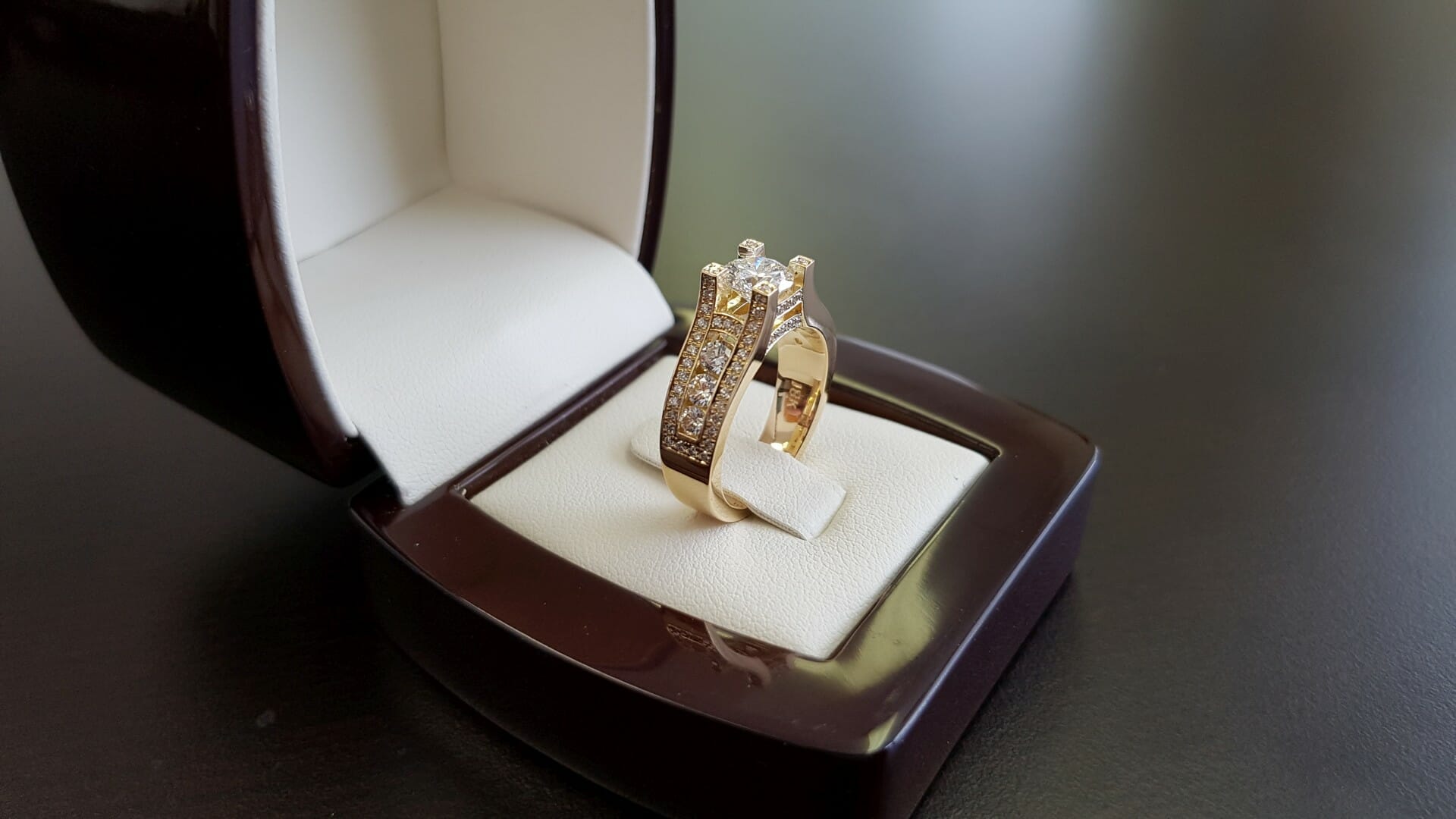
Diamonds, among the hardest materials in the world, are formed from millions of years of geological pressure and must be extracted from mines deep in the earth. But stones with the same chemical properties as diamonds can now be made in laboratories. There are two methods of growing synthetic diamonds, and the process can be completed in as little as two weeks. Both options require a diamond seed — a single crystal diamond — from which a larger stone can form.
High Pressure, High Temperature (H.P.H.T.)
Scientists have been synthesizing diamonds for decades, producing the first gem-quality stones in the 1950s. The original method was known as high pressure, high temperature, or H.P.H.T., which simulates the crushing force of the earth by applying high temperature and high pressure alongside a metal catalyst to dissolve carbon into a diamond seed. Temperatures can go as high as 3,000 degrees Celsius, or more than 5,000 degrees Fahrenheit.
Chemical Vapor Deposition (C.V.D.)
Chemical vapor deposition, a newer process, uses low pressure and smaller machines, an approach that is easier for scientists to control and monitor. As a result, C.V.D. is increasingly favored over H.P.H.T., particularly for the jewelry market. It uses a vacuum chamber that is filled with hydrogen and methane to provide the source of carbon. The gas is turned into a plasma at extremely high temperatures, releasing carbon pieces, which are then layered onto a diamond seed in the vacuum chamber. The process is not dissimilar to 3-D printing.